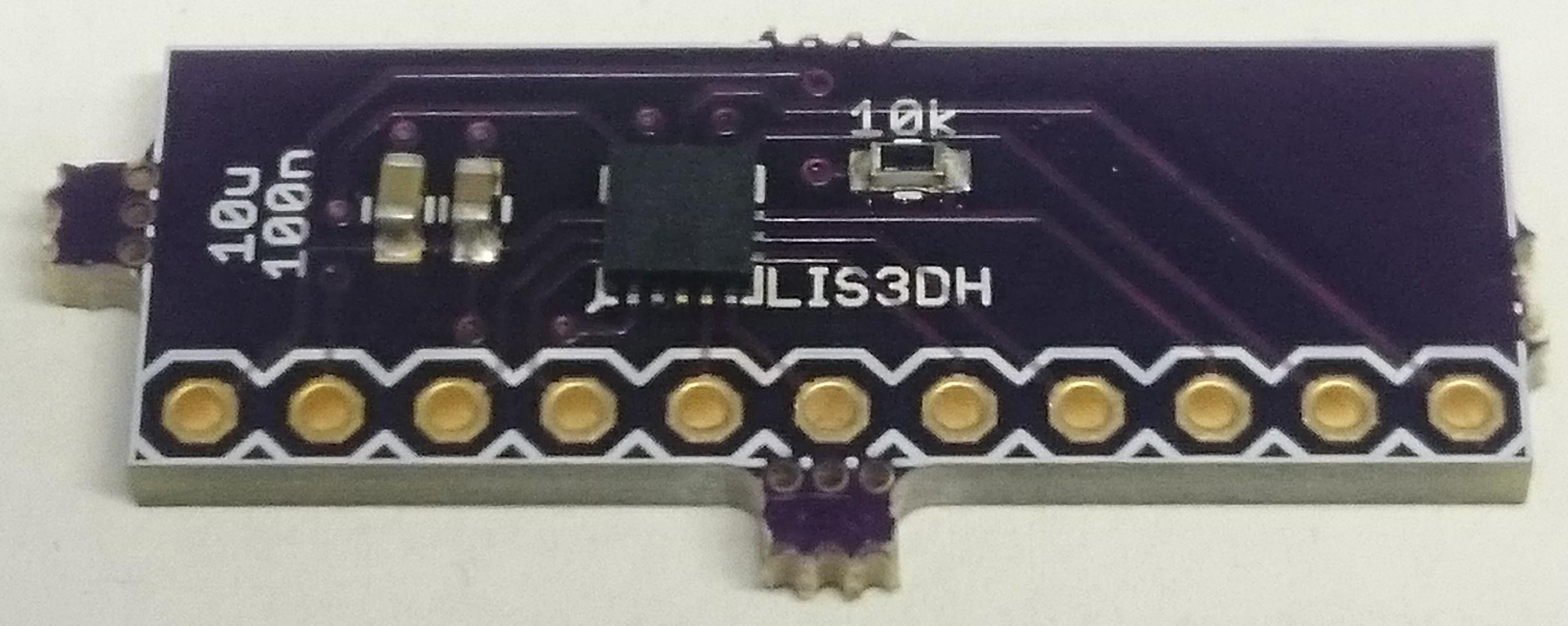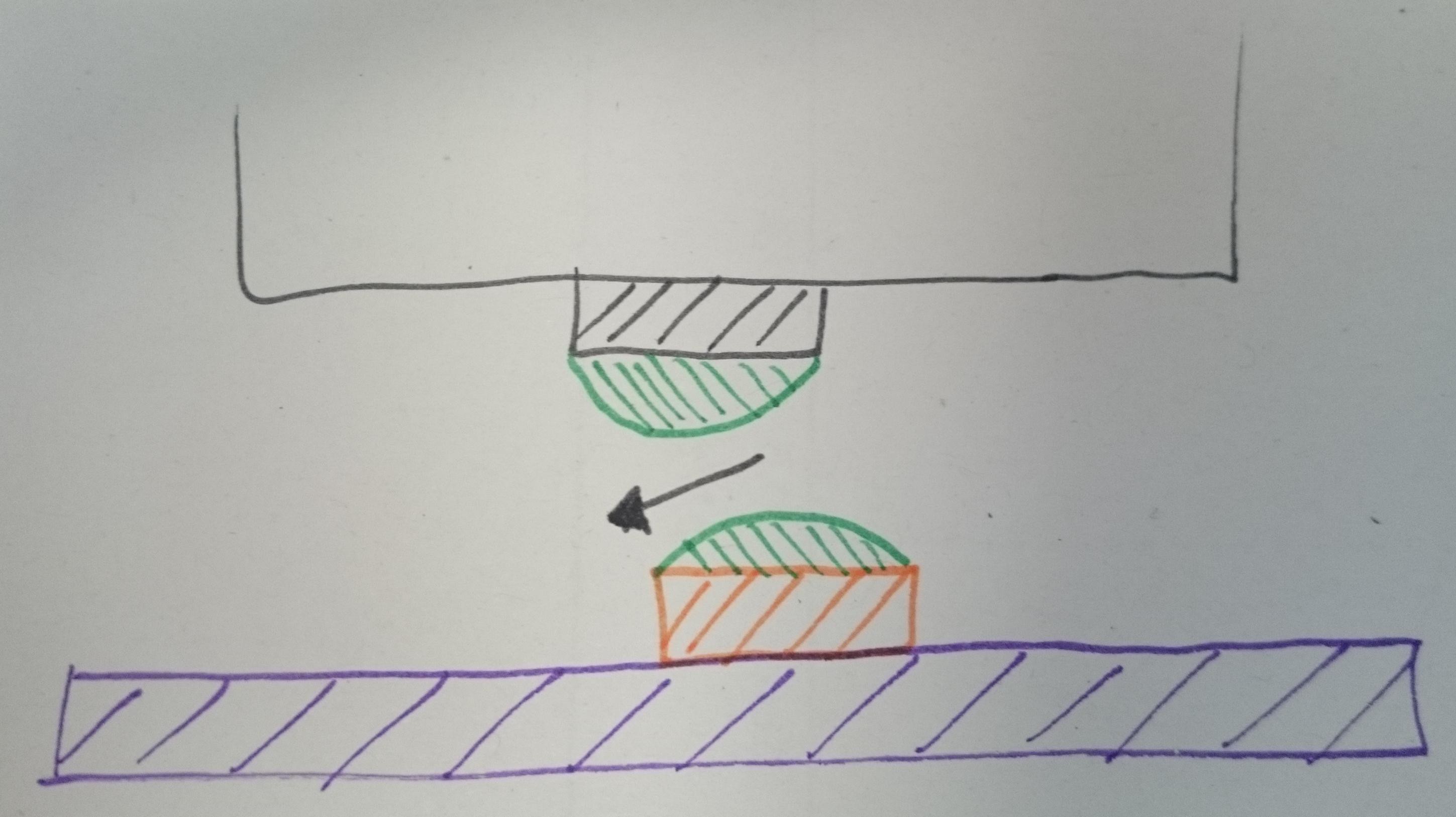Finally I have a good board:
After seeking for advice in a few places, this is how I soldered the LGA package:
- pre-tin the package's pads with an iron
- spread some flux gel on the PCB and place the part:
I was also advised to apply some solder to the PCB pads as well, but I didn't do that to avoid a "hill-on-hill" situation, which would make the part harder to place accurately (just my impression, I don't know if this is actually true):
- reflow on a hot plate (stove top plus a piece of reasonably flat 3mm aluminium sheet)
My explanation for why this works is quite simple: with the solder applied with an iron (just drag it across the pads), each pad will receive about the same amount of solder. This is almost impossible with paste applied manually. Having equal amounts of solder on the pads is good because each resulting joint will have the same height. With paste I had the impression that joints with a larger amount of paste tend to push the part further up than the neighbouring joint can "stretch", thus causing joints with no contact at all. Also, two adjacent pads with a large amount of paste can easily cause a short.
I tested the board with adafruit's LIS3DH library, which worked very well.
 Christoph
Christoph
 I was also advised to apply some solder to the PCB pads as well, but I didn't do that to avoid a "hill-on-hill" situation, which would make the part harder to place accurately (just my impression, I don't know if this is actually true):
I was also advised to apply some solder to the PCB pads as well, but I didn't do that to avoid a "hill-on-hill" situation, which would make the part harder to place accurately (just my impression, I don't know if this is actually true):
Discussions
Become a Hackaday.io Member
Create an account to leave a comment. Already have an account? Log In.